Are you contemplating changing your car's tires? Choosing the correct tire size is critical because fitting your vehicle with the wrong size is dangerous and can lead to costly damage. Are the 285 tires the same as the 33 ones? We asked the experts, and this is what we learned.
The 285 tires are proportionate to the 33-inch tires. But these numbers represent different measurements. While 285 represents the tread width in mm, 33 represents the tire diameter in inches.
Although many drivers do not concern themselves with tire size apart from enhancing the car's aesthetic appearance, the tires significantly influence car performance and handling. Dive in to discover more about tire size. We will also discuss when you should change the tires and whether tire rotation is appropriate.
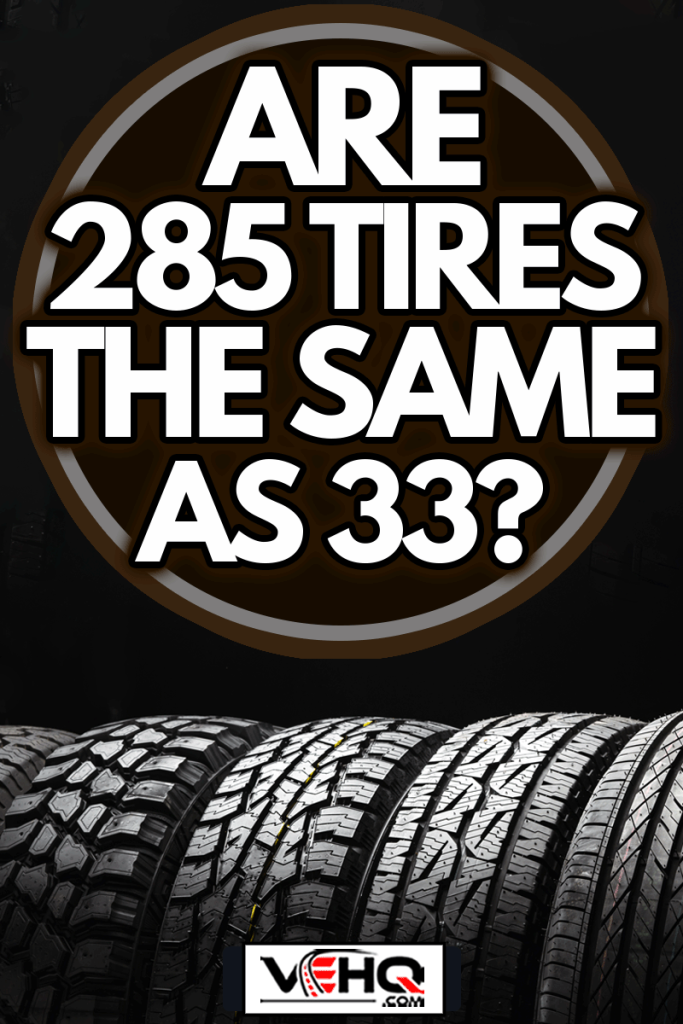
Does Tire Size Matter?
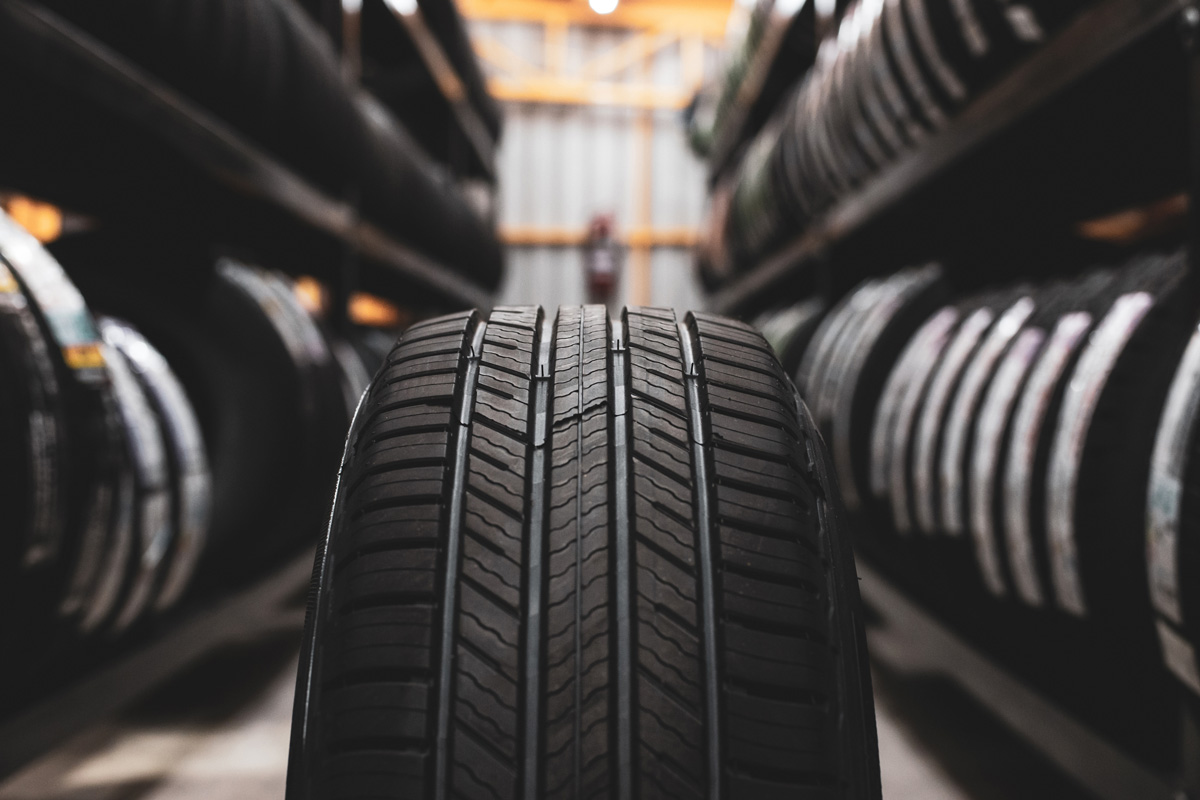
Tires are a critical component of your automobile's wheel set-up. They absorb road shock, support the vehicle's weight, transmit traction, and maintain or change the direction of travel.
Choosing the correct tire size is necessary as this will enable you to control your vehicle efficiently. In addition, the clearance available in your car also limits the tire size you can fit in your vehicle. Keep in mind that clearance is the space between the wheels and tires, and the surrounding car components.
Vehicles with wider tires have more grip on the road. The increased contact with the road's surface gives them more to hold onto. Consequently, you can handle the car better, and your maneuverability also increases.
But broader tires are also more costly. For this reason, if your vehicle has wider tires, you will pay more in replacement costs than you would if they were narrower.
It is wise to retain the same tire size to avoid altering the stability of system calibrations or damaging the anti-lock braking system.
Determining Equivalent Tire Size
If your automobile has tires that measure 285/75R16, they are proportional to those with a 33-inch diameter. Here, 285mm is the tread width, 75 represents the ratio of the tire's sidewall height to its width in mm, and R16 indicates the rim diameter of the wheel you can mount the tire.
To convert the mm to inches, multiply 285mm by 0.75 to calculate the tire's outer diameter and the tire height stands. (285mm*0.75=213.75) Next, multiply 213.75 by two sidewalls. (213.75*2=427.5mm) Finally, divide the 427.5mm by 25.4 to convert it to inches. (427.5mm/25.4=16.83 inches)
Since you can mount this tire on a wheel with a 16-inch diameter, we add 16.83 inches to 16 inches to get a total diameter of 32.83 inches. (16+16.83=32.83) 32.83 inches is approximately equal to 33 inches.
But the actual tire diameter may vary depending on the manufacturer. Thus, some 33-inch tires may be larger than others. Checking your specific tire specs on the manufacturer's website is advisable.
Can You Put Different Tire Sizes On Your Car?
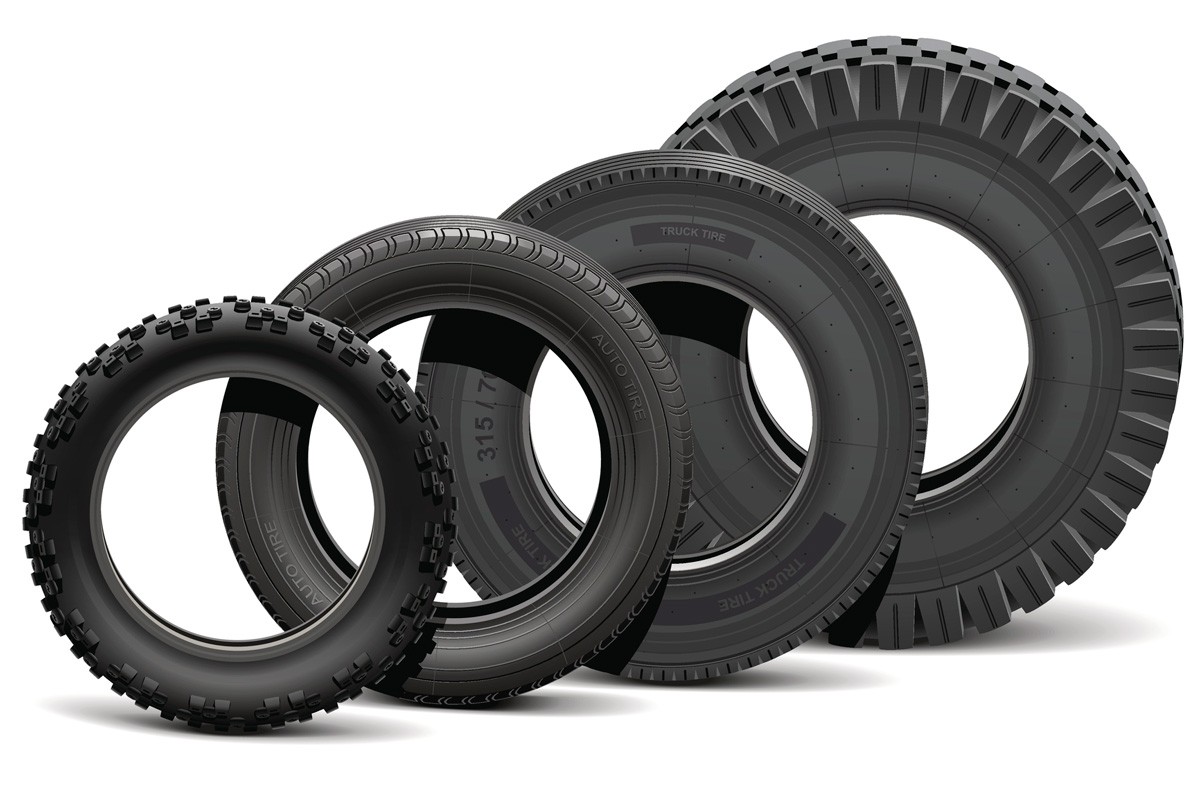
You can fit staggered wheels on your automobile, meaning that the wheels at the back will be wider than those at the front. Typically, large wheels imply that the tires are thin as the tires need to fit in the wheel well.
Staggering is common in rear-wheel-drive cars. This is because the wider rear wheels give better traction. However, your automobile is less able to handle rougher roads and potholes when the tires are narrower.
Even though you can install wider tires at the back and narrower ones at the front, it is not advisable to vary the tire size on one side, as this would alter your car's weight balance. As a result, the vehicle may have a different grip when braking, and the cornering dynamics may also be altered.
Note that you may create center differential problems if you do not modify your four-wheel drive car to operate with different tire sizes.
When Should You Change Your Automobile's Tires?
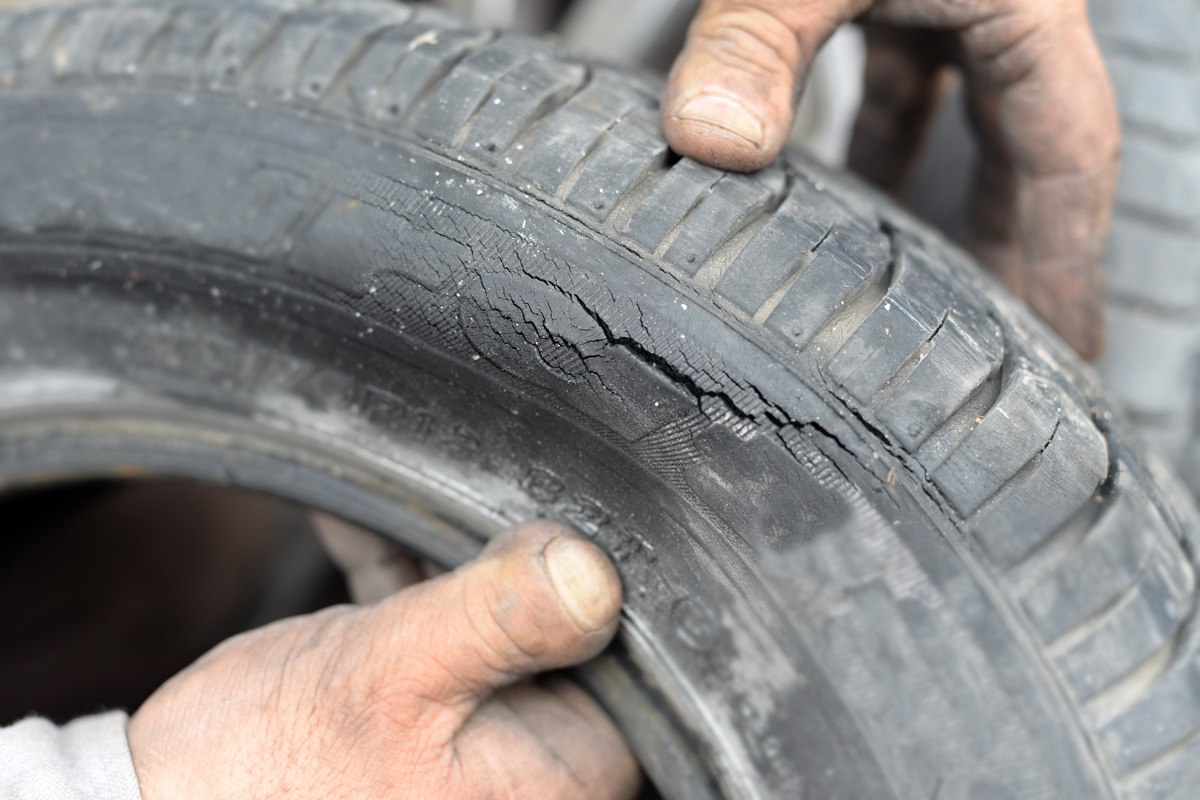
We cannot overemphasize the importance of keeping tires in good condition. The tread on the tires can either enhance your safety or put you in the line of harm. When the tire has good tread, it can accelerate, turn easily, and stop, even on a road that lacks the ideal driving conditions.
But the tread is subject to wearing out, thus altering the tire's ability to grip the road. Consequently, this poses a safety hazard for you and other road users as controlling the vehicle becomes challenging.
Generally, it's best to change your vehicle's tires every 5 to 6 years, because exposure to oxygen deteriorates the rubber. But you should inspect the tires regularly to determine whether you need to change them sooner. Watch for excessive tread wear, bulging, discoloration, or cracked sidewalls.
Your driving habits will impact how often you change the tires. In this case, factors such as the speed at which you drive the car, how often you quickstart the car or emergency brake, whether you regularly service the vehicle, and the condition of the roads you drive the car on can alter the tires' wear rate.
Factors such as suspension or alignment can also increase the deterioration of the tires. To determine this, check for uneven wear on the tires such that the tire wears out on the inner or outer side rather than wearing out evenly.
Resolving the alignment or suspension issues will ensure that the new tires serve you for their expected useful life.
Should You Replace All Four Tires At Once?
Replacing All Tires
Even though you may want to manage costs by replacing only the worn tires, it is wiser to replace all four tires at once. Simultaneously changing the four tires guarantees better performance, handling, and comfort.
Replacing the four tires is especially critical in all-wheel-drive vehicles. Because the tires rotate independently of one another, varying tread depth can cause them to rotate at incongruent speeds. The different speeds can ruin the drive train or alter the indirect TPMS system in vehicles with one.
Replacing Two Tires
If you have a two-wheel-drive car, you can consider replacing two tires on the same axle if you do not want to replace all the tires together. You can better handle a car with matching tires on each axle.
It is best to install the new tires on the rear axle and move the partially worn tires to the front. This arrangement enables you to retain control on wet roads as the newer tires can better withstand hydroplaning.
Replacing One Tire
You can also install only one tire if the remaining tires have a tread depth of at least 8/32nds of an inch of tread depth. This tread depth can pass for relatively new, since most tires come with a tread depth of about 9/32nds to 11/32nds of an inch of tread depth.
When you fit only one new tire, rotate the tires to pair this new tire with the tire that is least worn. Also, fix the tire on the rear axle for better control.
A significant difference in tread depth between the tires poses the risk of uneven wear and unpredictable handling and traction. It can also adversely affect the gear ratio, suspension, and transmission. For this reason, it is best to consult a mechanic before replacing only one tire.
If you remain unsure whether you should replace all or a few tires, you can ask a professional to inspect the tires and advise. Your local mechanic can assess the tires' wear and advise on the best way forward.
Should You Rotate Car Tires?
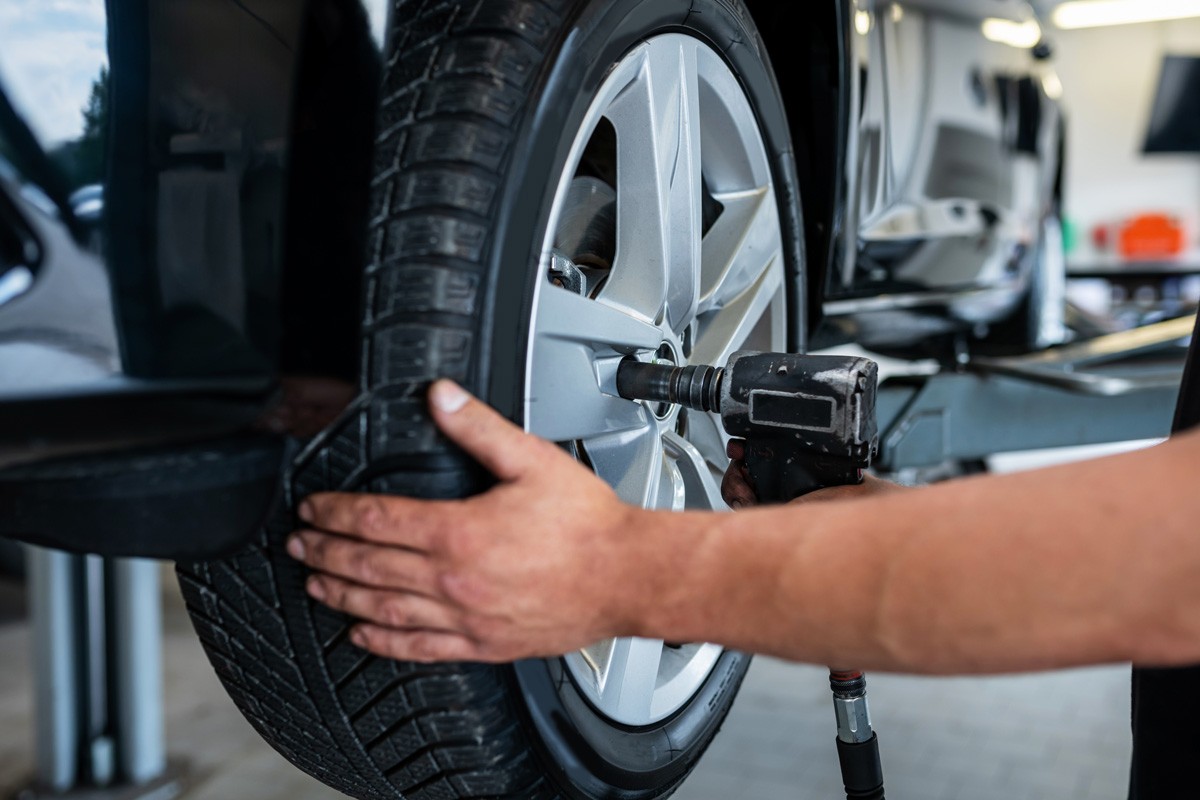
It is necessary to routinely rotate the car tires, as this is an essential factor in tire upkeep and safety. Also, it may be a requirement to keep the tires covered under warranty.
Rotate the tires every 5,000 miles or based on the car manufacturer's recommendation. This habit creates a chance to visually inspect the tires for damage, check the air pressure and tread depth, and rebalance them if there are any vibrations.
Rotating the car tires maximizes tread life because the wear is spread evenly across all the tires. Since the tire position can increase or reduce the wear rate, periodically repositioning the tires evens the wear.
For instance, tires on a front-wheel-drive car are subject to more friction resulting from turning, braking, and accelerating.
Furthermore, there is minimal strain on the drivetrain in all-wheel-drive automobiles when the tires wear out evenly. This reduces wear on costly components.
Read this article to learn more: How To Mark Tires For Rotation?
Winding Up
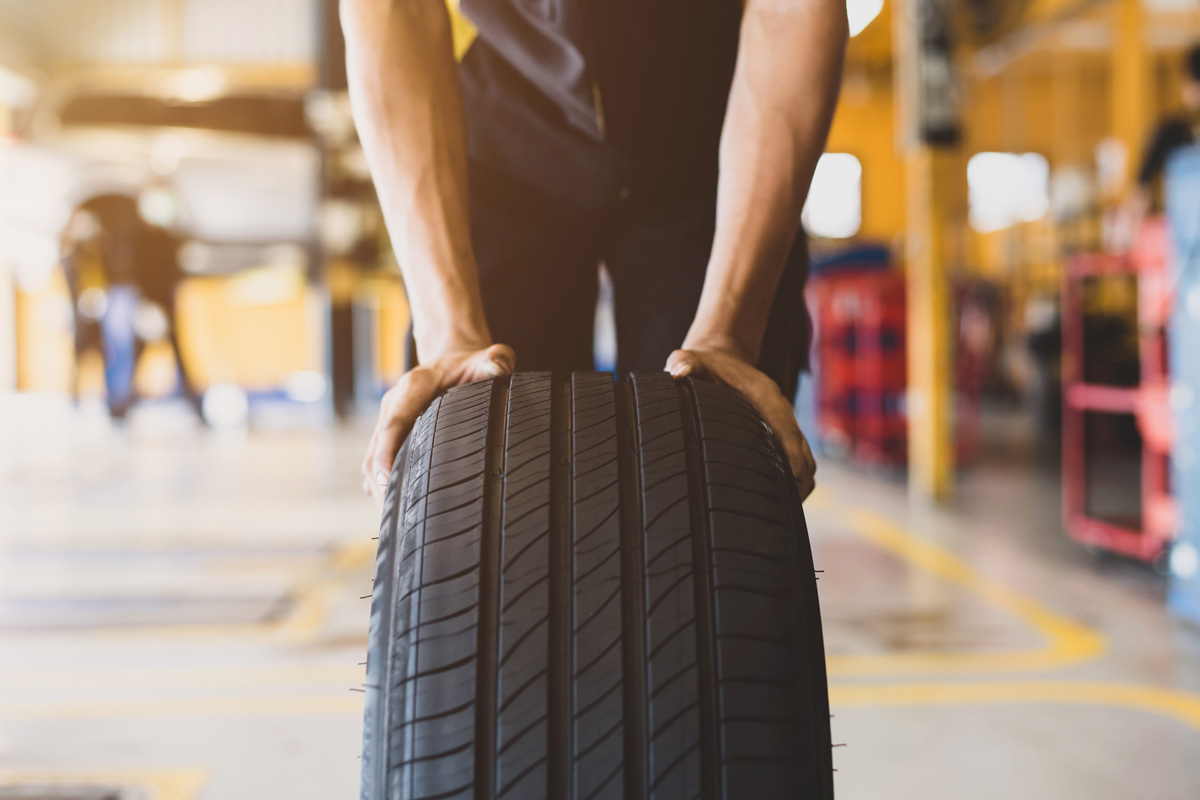
Although it can be confusing to read tire sizes, especially with the rim size being in imperial measurements (inches) and the width in metric (mm), we hope this article will clarify the topic of 285 and 33 tires.
Only replace tires with equivalent sizes to keep your vehicle in optimal performance. If you install tires with a significant diameter difference, you may need to recalibrate the speedometer to get accurate readings.
You can also browse this topic: How Long Do Spare Tires Last? [And How Far Can You Drive On Them]
